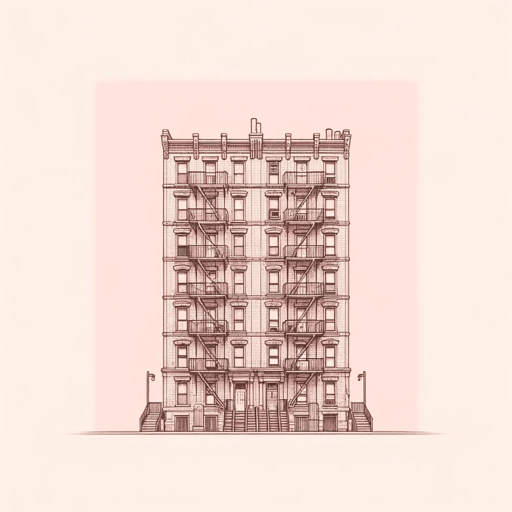47 pages • 1 hour read
Jacob RiisHow the Other Half Lives
Nonfiction | Book | Adult | Published in 1890A modern alternative to SparkNotes and CliffsNotes, SuperSummary offers high-quality Study Guides with detailed chapter summaries and analysis of major themes, characters, and more.
Chapters 11-13Chapter Summaries & Analyses
Chapter 11 Summary and Analysis: “The Sweaters of Jewtown”
In the Jewish-dominated tenements, “sweaters” manufacture cheap clothing. They are called “sweaters” because they run operations that would be recognized as sweatshops in any time or place. Tenant-laborers speak little or no English and are treated as enslaved people on “starvation wages” (122). Both sweaters and laborers are Jewish. Sweaters evade factory law by conducting work inside the tenement buildings. In the sweatshops, there is no need to treat tenant-laborers with dignity or to raise their pay because new immigrants are always arriving. Here and elsewhere, Riis connects events in Europe—in this case the persecution of Jews—to New York City’s tenement problem. He argues that the problem will not go away, in part because New Yorkers cannot control the circumstances that drive immigrants to the United States, so the city and its well-to-do leaders must make the best of it. Riis visits a Ludlow Street tenement and finds “dark stairs,” “smells of cabbage,” “frying fish,” and especially “whirring sewing machines behind closed doors” (125). A photograph (“‘Knee-Pants’ at Forty-Five Cents a Dozen—A Ludlow Street Sweater’s Shop”) shows six laborers, two of whom appear to be teenage boys, sitting around tables and making garments, fabric strewn everywhere.

